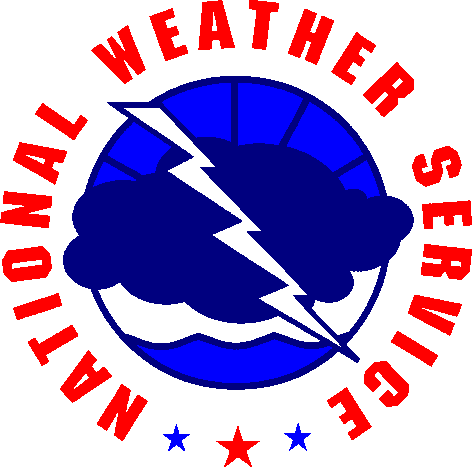
NPS Photo / Jessica Poppa Safe FloatingThe rivers of the Ozarks are home to some of the most fun, engaging experiences in the Midwest. However, fun and excitement must always be balanced with safety. Keep reading to learn about self rescue, obstacles on the river, tips before your float, and the ABC's of River Safety. These rules and recommendations will help you have a safe, relaxing trip down Ozark riverways. Self RescueIf you are going to float the Current or Jacks Fork rivers, you must be able to keep yourself safe. One of the most important requirements for floating is self rescue. On wild and scenic rivers, there are no lifeguards. In an emergency, there is often no phone signal, and help could be hours away. If you fall out, capsize, or get stuck, usually the only person who can help you is you. For these situations, “self rescue” can mean the difference between life and death. Floaters must be able to stand or swim on their own. They must be able to reach land and escape swift waters. If you are not capable of self rescue, the river is not safe for you. Obstacles on the RiverPart of the rivers' beauty is their "wild and free-flowing" nature. While the park will remove obstacles that pose significant risk, we leave some fallen trees untouched. This allows for a scenic, natural habitat that native species depend on. Whether or not an obstacle is considered "dangerous" depends on location: If it can be seen from a distance and easily avoided, it will likely not be removed. However, trees blocking a majority of the river, rootwads that are unavoidable, and other obstacles that pose a higher risk of drowning are removed as necessary. This is not a manicured riverway: the river is constantly changing from storms, floods, and other natural forces. Floaters must be prepared for a variety of obstacles at all times. Before You GoThe first step of safe floating comes before you get to the river: Being informed. Every floater should know local conditions, current weather, and their own abilities before they float. Click the tabs below to learn the importance of each action. Know the limits of your own body and equipment. If you feel unsafe with rapids, strong currents, or self-rescue, consider finding a different way to enjoy the river. Check the local weather forecast and river levels. Rivers are safer when they are near or below average levels. Local streams and rivers can quickly reach unsafe levels following moderate to heavy rains. Be mindful of rising waters and always have a secondary escape route. Send your floating plan to friends or family. Include your route, vehicle description, and expected start or end times. 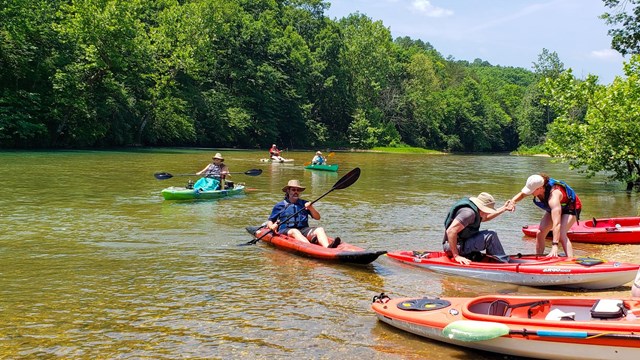
Floating in the Ozarks
Find an outfitter and get on the river! 
Estimated Float Times
Plan the timing for your ideal float trip. 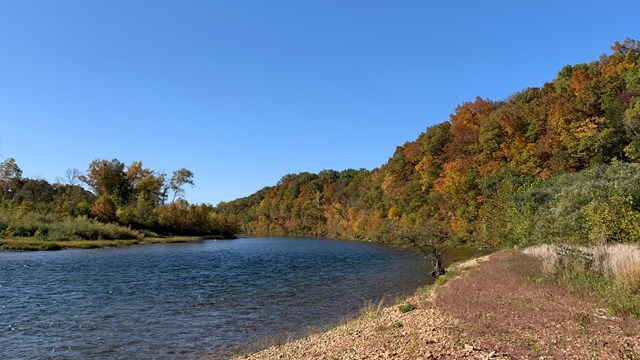
River Levels
Check river levels and stay safe in extreme conditions. Remember the ABC's of River Safety!A - Always Wear your PFD (Personal Flotation Device)A personal flotation device (PFD), also called a lifejacket, is recommended for all paddlers regardless of ability. By law, children ages 7 and under are required to wear a PFD while floating. A well-fitting “Type III” PFD can spell the difference between life and death on the river. B - Bottom Down, Feet UpIf your vessel capsizes, do not try to stand up right away. Instead, spin around to float with your bottom down and your feet up, facing downstream. Float until your bottom hits solid ground, or until you reach calm water. Remember that wearing a PFD makes it much easier to keep your head above water! C - Climb That RootwadRootwads or “strainers” are large, tangled clumps of roots and branches. They can be found on any section of the river, and they should be avoided whenever possible. D - Drink ResponsiblyEven when consumed in small amounts, alcohol poses risks to floaters. It reduces coordination and awareness, increases muscle fatigue, and can lead to fatalities. Reduce these risks by wearing a PFD and drinking in moderation. Loading weather forecast... Hiking Safety:Hiking TrailsKnow before you go: Check local weather forecast File an itinerary: A good practice is to file a hiking plan with a friend or loved one before departing. Be aware of fast rising streams: Area streams rise rapidly to unsafe levels following moderate to heavy rains. Be mindful of rising streams and always have a secondary escape route. Know your limits: Know your own limits and don't over hike beyond your safe distance. Stay on Trail: Deviating from the designated trail can lead to you becoming lost and can impact crucial park resources. Please stay on designated trails and stay off social or Leave no Trace: "Leave nothing but footprints and take nothing but pictures" on park trails. Wear Bug Spray: The park is host to numerous species of ticks, gnats, mosquitoes and chiggers. Some of these species can carry potentially dangerous diseases. You are encouraged to use an insect repellant while hiking area trails. Pack it in, Pack it out: Please pack all trash you may produce on your hike off the trail. We thank those that actively pick up trash along area trails and mesh trash bags can be obtained at most park visitor centers. Carry the "Ten Essentials"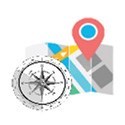
Navigation systems are used when planning your route before your trip, and when you need help orienting yourself in your surroundings during your activity. Know how to use a topographical or relief map as well as your compass or GPS unit before going out. 
Sun protection is necessary to protect your skin and eyes against harsh UV rays that are responsible for sunburns and skin cancer. Consider using sunglasses, sunscreen, and hats. Sun-protection clothing such as pants and long sleeve shirts can also help minimize your exposure to the sun. 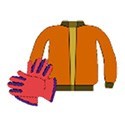
Nature is unpredictable. Be prepared for sudden changes in weather conditions. Pack an extra layer of clothing that reflects the most extreme conditions you could encounter. 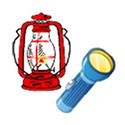
Lighting is indispensable in the outdoors where no conventional light sources can be found. Items include flashlights, lanterns, and headlamps. Headlamps are the preferred light source because they are hands-free. Be sure to pack extra batteries. 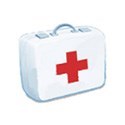
Be prepared for emergencies by packing first-aid supplies with you. Start with a pre-made kit and modify it to fit your trip and your medical needs. Check the expiration date on all items and replace them as needed. Consider including an emergency guide in case you are faced with an unfamiliar medical emergency. 
Fire can be an emergency signal and a heat source for cooking and staying warm. Pack matches (preferably waterproof) and fire starters - items that catch fire quickly and sustain a flame (e.g. lighter). Familiarize yourself with the fire use regulations of your park before heading out. 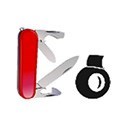
Carry a basic repair kit with you to help repair equipment. The kit should include items such as duct tape, a knife, and scissors. Consider packing a multi-tool, a compact version of many tools that can include a knife, screwdriver, can opener, etc. Be sure to bring any tools specific to your trip and your activity. 
You should always be prepared for the possibility of changes to your trip plans. Pack an extra day's supply of food, preferably no-cook items that have good nutritional value in order to keep your energy high. Salty and easy to digest snacks (e.g. trail mix, nuts, and granola bars) work well for outdoor activities. 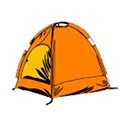
Shelter is one of the most important elements during an emergency survival situation. It can protect you from severe weather conditions and exposure to the elements. A tent, tarp, bivy sack, or emergency space blanket are all light weight options for emergency shelter. 
Staying hydrated on your trip is of utmost importance! Physical activity increases your risk of dehydration (loss of water and salts from the body), which can lead to negative health consequences. If you’re active outdoors (hiking, biking, running, swimming, etc.), especially in hot weather, you should drink water often and before you feel thirsty. Prepare your water before you need it and do not allow yourself to become dehydrated. Before heading out on your trip, be sure to identify if there are any bodies of water at your destination that you could collect water from and treat using your water treatment supplies. In case of an Emergency dial 911 or
|
Last updated: January 30, 2024

